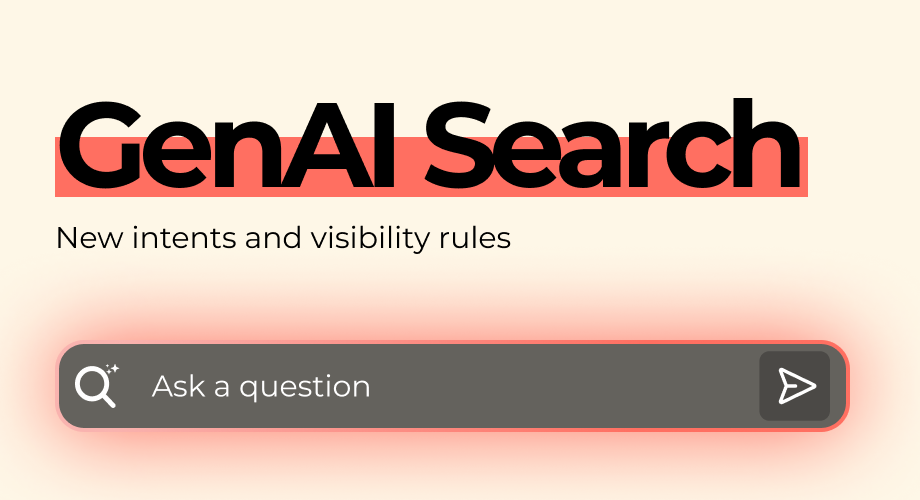From Clicks to First Payment.
If you’re new to affiliate marketing and have never worked with referral links or partner programs before, this guide is for you. We’ll break down what affiliate links are, how they work, and how to use them effectively to start earning online.
What Are Affiliate Links?
An affiliate link is a unique URL that contains a special partner ID. This ID identifies you as the source of traffic. When someone clicks your link, lands on the partner’s website, and completes a target action — such as purchasing a product or signing up for a service — you earn a commission.
This is the basis of any affiliate program: you recommend products or services relevant to your audience, your partner gains new customers, and you earn a share of the profit — creating value for both you and your partner.
Your First Step: Joining an Affiliate Program.
To get started, you’ll need to:
— Consider current offers on the market using aggregators, for example, affpaying.com, offervault.com, or affnext.com.
— Select a product and offer that match your traffic sources and bring you more conversions.
— Join directly through a brand’s affiliate program, or sign up via an affiliate network.
Usually, the affiliate network provides all the materials you need — creatives, statistics, conversion forecasts, and of course, your unique link. However, in some cases, you may need to create the promotional materials yourself. Program choice depends on your target audience, niche, location, and other factors.
A referral link usually contains:
— The partner’s domain;
— The product link;
— Your unique affiliate ID.
When a user completes a target action via your link, the system records the conversion and credits your commission. Payout schedules vary — weekly, monthly, or custom — and rates depend on the niche, ad network, and the quality of your content. Simply put, the more relevant and “warm” your traffic — the better your results.
How to Make Every Click Count.
The highest-performing affiliate campaigns feel seamless. That means integrating links naturally, keeping them relevant to your audience’s interests, and maintaining a clean layout that avoids overwhelming the reader.
Tips for success:
— Hide raw URLs behind neat anchor text or buttons.
— Avoid link overload — ideally one per 500 words.
— Add “nofollow” attribute to protect SEO.
— Always disclose affiliate relationships to stay compliant.
— Promote only what your audience truly cares about.
Formats That Convert.
Affiliate links work best where your audience is already engaged:
— Inside blog articles;
— On “Buy” or “Sign in” buttons;
— As clickable product images;
— In targeted email campaigns or social media posts;
— Through other traffic channels that you purchase from advertising networks such as Kadam, PropellerAds, AdOperator, and others.
The right placement depends on where your users are most active and ready to act. If you’re exploring affiliate marketing without an existing website, check out our article “Affiliate Marketing Without a Website” with a step-by-step framework to get you started immediately.
The Traffic Factor.
However, without traffic, links won’t convert. Reaching users means your links have the potential to find the right audience. The result? Every click has the potential to become a conversion, and every campaign — a steady stream of income.


